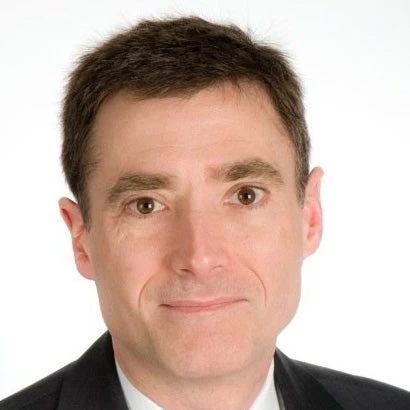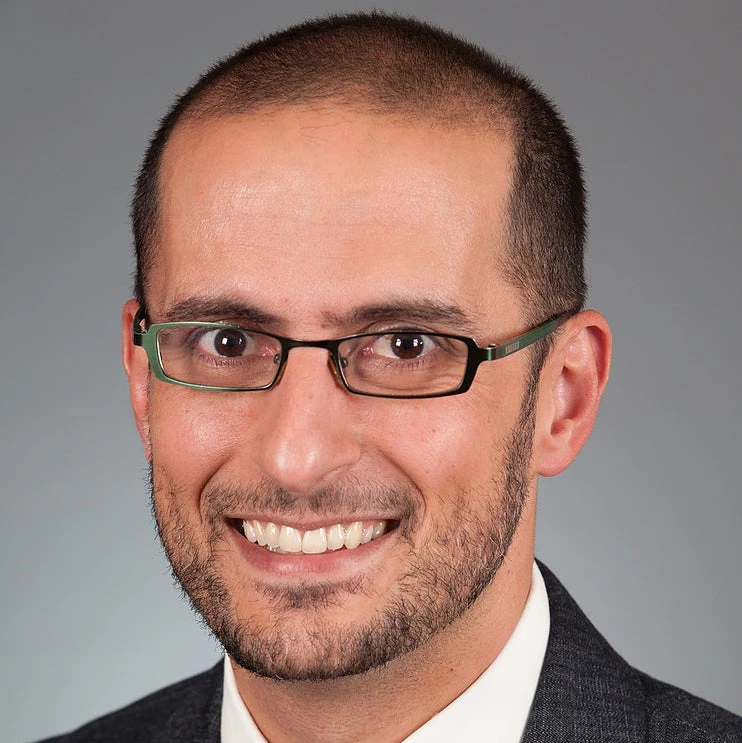Five billion people—two thirds of world population—lack access to safe and affordable surgical, anesthesia and obstetric (SAO) care while a third of the global burden of disease requires surgical and/or anesthesia decision-making or treatment. Treating the sick very often requires surgery and anesthesia. Despite such huge burden of disease, safe and affordable SAO care is often overlooked.
Why? It may be because surgery and anesthesia are not disease entities. They are treatment modalities that address the breadth of human disease — infections, non-communicable, maternal, child, geriatric and trauma-related disease and injuries, and international development agencies have been focusing on vertical disease-based programs.
Prior to 2015, global data on surgery, anesthesia and obstetric care was virtually nonexistent. With the idea that “We can’t manage what we don’t measure”, the Lancet Commission on Global Surgery developed six Surgical, Obstetric and Anesthesia (SAO) indicators (discussed here) and collected data for them. The analysis of these data show large gaps in SAO care across countries by income groups.
There are 70-times as many surgical workers per 100,000 people in high-income countries compared with low-income countries
The SAO or “surgical” workforce is extremely small in low-income countries (1 SAOs per 100,000 population) and lower middle-income countries (10 SAOs per 100,000 population) whereas there are 69 SAOs per 100,000 population in high-income countries. The discrepancy between high-income countries and low- and middle-income countries is even greater for surgical workforce density than that of physician density.
Why does having a relatively low number of surgical workers matter? For one, life expectancies in countries correlates with surgical workforce density — especially up the benchmark of having 20 workers per 100,000 people. In low-income countries where there are fewer surgical workers, people tend to die young, and these shorter life expectancies are often driven by deaths among infants and newborns.
Surgical volume—the number of surgical procedures carried out—is less than the benchmark of 5000 per 100,000 population in all low-income countries and most lower middle-income countries.
Lack of access to safe and affordable SAO care is also shown by the number procedures carried out. The Lancet Commission on Global Surgery put 5000 procedures per 100,000 people as a benchmark for surgical volume. None of the low-income countries with data, and most of lower middle-income countries have reached it. The poorest one-third of the world’s population receives only 6% of worldwide procedures. As with measures of the surgical workforce, surgical volume also correlates with life expectancy at birth up to the benchmark. The data for this indicator are scarce, indicating data are not often collected in a country’s health information system.
The majority of people in low- and lower middle-income countries cannot afford to pay for surgical care. Seven out of ten people in low-income countries are at risk of spending more than 10% of their total income on out-of-pocket payments for surgical and anesthesia care when surgical care is required. On the other hand, in high-income countries, fewer than one in ten of people are exposed to this financial risk.
Moreover, nine out of ten people in low-income countries are at risk of becoming poor due to direct out-of-pocket payments for surgical and anesthesia care when surgical care is required. In high-income countries, fewer than one in fifty people face this risk.
Surgery needs to be placed as an indivisible, indispensable part of health system
The global surgical community started acting to tackle these gaps. The areas that need investment include:
- Data collection and transparent reporting,
- National surgical obstetric anesthesia planning,
- Global funding mechanisms for SAO,
- Incorporating SAO in health system strengthening, and
- Addressing financial risk protection issues around surgical care provision.
Many low- and middle-income countries lack robust comprehensive health care systems. Surgery and anesthesia represent a major cross-cutting foundation for these systems.
Fortunately, the world is reacting and the global surgery community has made tremendous progress in the past few years. The World Bank’s Development Economics Data Group (DECDG) started collaborating with the global surgical team and included their surgical indicators in the World Development Indicators (WDI) to monitor, reach out, and advocate. Ministries of health of several African countries started working with the global surgical team on integration of surgery and anesthesia within national health plans. The global surgical community started reaching out to international development agencies to advocate for low- and middle-income countries that need funding that strengthens health systems, including surgery and anesthesia. The World Health Organization’s (WHO) Surgical Care Programme department collaborates with the global surgical team and plays more active role for global surgery and its data collection.
Let us lastly emphasize that the global surgery team is not advocating surgery versus infectious diseases, or surgery versus something else. Its idea is an integration of surgery and anesthesia care as an indivisible, indispensable part of holistic health system that can provide the full spectrum of care to patients everywhere.
This is only the beginning. More must come in investing in strong health systems and monitoring.




Join the Conversation